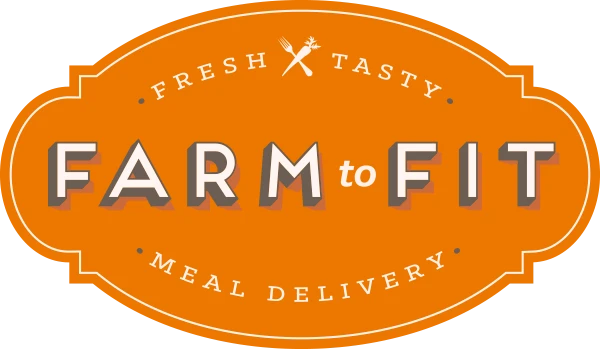Whole30® vs. Paleo: What’s the Difference?
Posted on
Which low-carb diet is right for you?
Whole30® and Paleo are two of our favorite oft-discussed dietary regimens, and for good reasons. Both meal plans focus on eating whole, unprocessed foods while cutting out excess added sugar, salt, and fat.
In fact, these eating patterns share enough similarities that you might ask yourself “what are the differences between Whole30® and Paleo?”
Read on and wonder no more, as Farm to Fit tackles the similarities and discrepancies between the diet duo of the decade: Whole30® vs. Paleo.

What is Paleo?
The paleo diet is a dietary regimen designed to mimic what our Paleolithic ancestors may have eaten. In doing so, the designers and dieters hope to avoid modern illnesses like diabetes, heart disease, or cancer.
Paleo focuses on eating whole, natural, unprocessed foods. Fruits, vegetables, nuts, seeds, lean meats, fish, and fruit or nut oils are all encouraged as part of paleo diets. Paleo plans do not allow grains, (yes even whole grains) dairy, legumes, salt, potatoes, and any other processed foods. When eating meat, paleo dieters opt for organic and grass-fed.

What is Whole30®?
The Whole30® plan focuses on re-establishing our relationship with nutrition by cutting out processed foods, grains, legumes, dairy, sugar, and alcohol for a period of thirty days.
Much like the paleo diet, there is an emphasis on eating unprocessed meats, eggs, nuts, seeds, fruits, vegetables, and healthy oils. However, some paleo foods like honey, maple syrup, and alcohol are off limits. As a general rule, all Whole30® foods are paleo approved, but not all paleo foods are Whole30® compliant.
After thirty days, eliminated food groups are re-introduced into the diet one by one to single out any allergies or intolerances.

Similarities and differences
Many blogs simply refer to the Whole30 as a "stricter paleo," but the relationship between these two low-carb diets is more complex than that.
Both diets eliminate the same foods
Paleo and Whole30® dieters either limit eliminate grains, dairy, and legumes from their food groups. The balance of meals then naturally promote protein over carbs, which is great for weight loss. These diets are not for everyone, however, and may make it difficult to get all your daily required nutrients.
Both promote weight loss
Whole30® and paleo are both low-carb, high-protein diets rich in fiber. All three of these aspects can help reduce appetite and cravings while allowing you to feel more satisfied after a meal. Both diets are geared to help you lose weight without counting calories or losing muscle mass.
Both reduce risk of disease
Paleo is much more upfront about its goals of reducing modern illness, but the Whole30® may provide health benefits very much the same. Since both diets are so adamant about eliminating sugar, salt, and fat, either paleo or Whole30® may be an excellent option for those wishing to reduce their risk of heart disease or type 2 diabetes.
Whole30® Rules vs. Paleo Guidelines
Now we get into the differences between the diets, and their operational procedures are the best place to start. While the Whole30® may have more restrictions, it’s only intended to be followed for a month at a time. After that initial month, foods are reintroduced one at a time. Paleo, however, is a lifestyle diet that requires long-term adherence for the desired results. As such, Whole30® requires total reverence to all its rules for all 30 days, while the Paleo diet has very few hard and fast rules and encourages dieters to follow paleo only about 85% of the time.
Whole30® says no sugar, paleo has workarounds
This is the biggest difference between paleo and Whole30®: their stance on sugar. Whole30® is deadly serious when they say no added sweeteners. No stevia, no Splenda, nothing. Paleo advises against refined sugar, but allows honey, maple syrup, and other natural sweeteners. The main reason for the difference here being the Whole30’s® goals are geared toward breaking bad eating habits like sugar addiction, while paleo is more about weight loss and general health.

Final Thoughts
The Whole30® and paleo diets are similar in structure and benefits, but they can be difficult to maintain, and may leave out important nutrients from your diet. While Whole30® may seem more challenging on the surface, its harshest restrictions begin to lift after 30 days. Paleo keeps the same relaxed guidelines throughout, with no defined end date.
Which diet is right for you? Only your body (or trusted health professional) knows!
